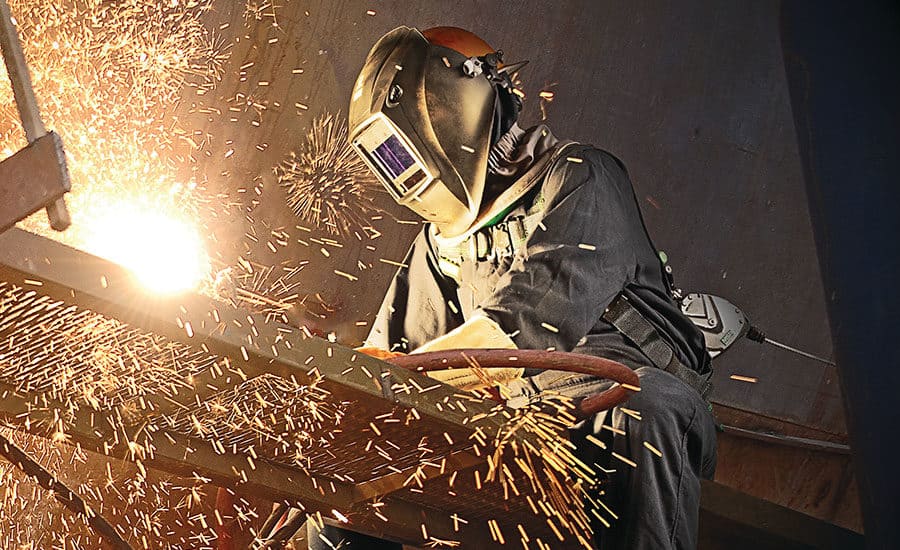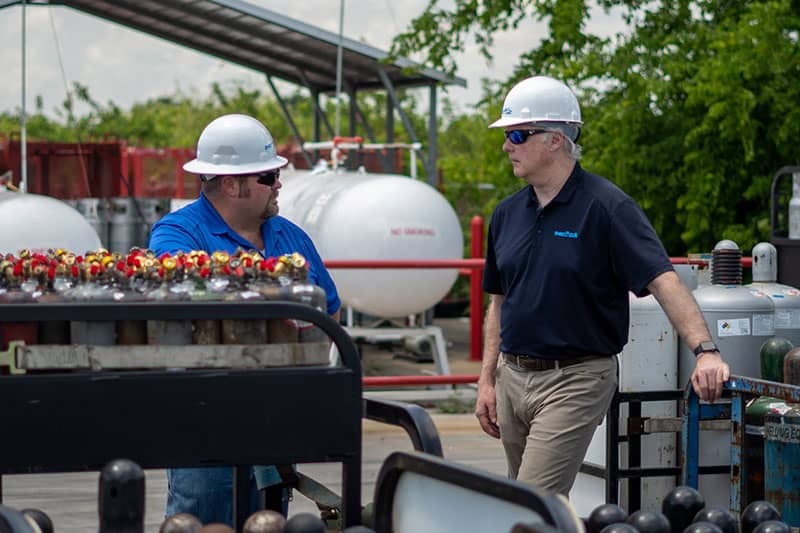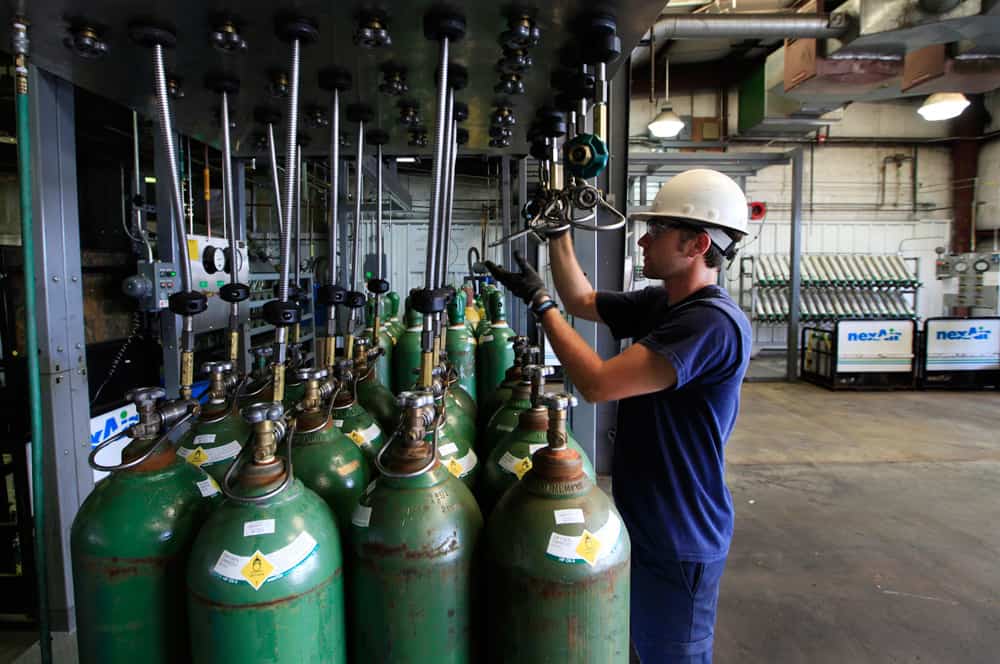How nexAir Supports Breweries with Carbonation and Gas Control Solutions
Every brewery has that one beer they had to dump because something went wrong with carbonation. Maybe it came out flat as soda left open overnight. Maybe it foamed so much that half the glass was bubbles. Either way, it’s expensive beer going down the drain instead of generating revenue.
Gas control separates successful breweries from struggling ones, but most brewers learn this lesson the hard way. The difference between a perfect pour and a disappointing one often comes down to understanding how CO₂ and nitrogen behave in different situations.
Getting Carbonation Right
Different beer styles need different amounts of fizz. A crisp lager should have enough carbonation to create that satisfying bite, while a rich stout needs less so the flavors come through cleanly. Mess up these levels and you change what the beer actually tastes like.
Most commercial breweries use forced carbonation because it’s faster and more predictable than waiting for natural processes. The beer gets chilled to specific temperatures, then CO₂ gets added under controlled pressure until it reaches the right level. Temperature matters because cold beer holds more CO₂ than warm beer—something that becomes crucial when seasons change and cellar temperatures fluctuate.
Why Nitrogen Changes Everything
Nitrogen creates that thick, creamy head you see on properly poured Guinness. Unlike CO₂, nitrogen doesn’t dissolve well into beer, creating tiny, stable bubbles that cascade down the glass and stick around longer than regular carbonation.
Mixed gas systems combine nitrogen and CO₂ in specific ratios depending on what effect the brewer wants. Getting these blends wrong shows up immediately in the glass—either the cascading effect doesn’t happen, or the beer ends up with weird flavors that weren’t supposed to be there.
Draft Systems That Actually Work
Draft beer problems usually trace back to gas pressure issues. Too much pressure and beer shoots out of the tap covered in foam. Too little and you get slow pours that taste flat because CO₂ is escaping from the beer faster than it should.
Line length, temperature, and elevation all affect what pressure works best for each tap. Most bars end up with different pressure requirements for different beers, which means gas control systems need to handle multiple zones with different settings. When this gets screwed up, customers complain and bartenders waste time dealing with foam instead of serving drinks.
Quality Control Through Gas Management
Beer spoils when it contacts oxygen, so breweries use CO₂ blankets to protect fermenting and stored beer. This means maintaining positive pressure in tanks while preventing overpressure that could damage equipment or create safety hazards.
Gas purity matters more than most people realize. Food-grade CO₂ costs more than industrial CO₂ for good reasons—impurities that don’t matter for welding can ruin beer flavors. nexAir’s expert KnowHow™ includes helping breweries establish gas quality standards that protect their investment in ingredients and brewing time.
Ready to solve your brewery’s gas control challenges? Contact nexAir to discuss carbonation and nitrogen systems that help your operation Forge Forward with consistent, high-quality beer that customers actually want to drink.
Looking out for your future
Get your career going on the right track with nexAir
Find out how nexAir KnowHow has impacted businesses all over the Southeast
Our expertise makes us more than a valuable partner, it makes us headlines
Don't see what you're looking for?
Everything we offer is a click away and it will arrive before you know it.


